On September 26th, under the guidance of the Organizing Committee of the China Innovation and Entrepreneurship Contest, the first China Virtual Reality Innovation and Entrepreneurship Competition (combined by China Electronic Information Industry Development Research Institute, Virtual Reality Industry Alliance, and Guoke Innovation & Venture Capital Co., Ltd.) Abbreviation: Contest) held in Beijing. The theme of the competition is “Technology innovation, success in the futureâ€. It aims to build the largest platform for production and financial integration in the field of virtual reality in China, and supports innovation and entrepreneurship of small and medium-sized enterprises and teams in the field of virtual reality.
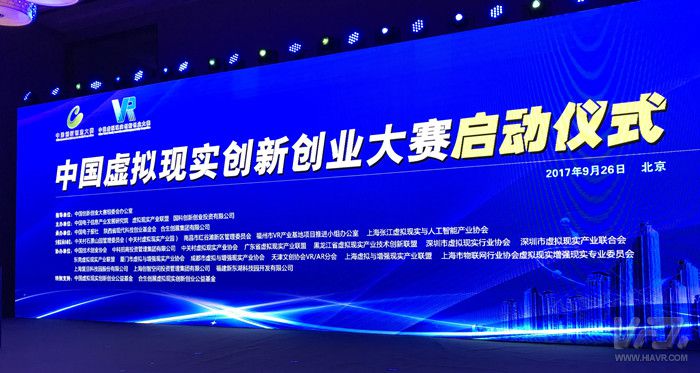
According to the prediction of CCID think-tank, the global virtual reality revenue in 2017 can reach 10 billion US dollars. In 2020, China's VR device shipments will reach 8.2 million units, and the number of users will exceed 25 million. The VR hardware market will account for 34.6% of the global scale, and the virtual reality market is expected to exceed 55 billion yuan. In the field of VR/AR, China's start-up companies are very active. Some technical parameters and design concepts have taken the lead in the world, and breakthroughs have been made in interactive technologies, light field technologies, and industrial applications. However, startup companies generally have difficulties and deficiencies in the introduction of talents, capital accumulation, and management capabilities. They require the guidance of local governments and the support of investment institutions. To this end, the competition aims at the pain points of SMEs and entrepreneurial teams in the field of virtual reality, adhering to the “government guidance, charity support, and market mechanisms†model, cohesive social capital forces to support SMEs in the virtual reality field and team innovation and entrepreneurship, and promote virtual reality technology in each Industry applications fall.
According to the organizers, the outstanding companies and teams that emerged in the contest will have the opportunity to be recommended to the sub-funds set up by the National SME Development Fund, the sub-funds set up by the National Science and Technology Achievement Conversion Guidance Fund, and the sub-funds established by the SME Venture Capital Guidance Fund. Funds, China Internet Investment Funds and other state-level investment funds, financing guarantees and financial leasing services provided by the competition cooperation units. The winning companies and teams will also be given priority in entering the local VR industry base and enjoy supporting policy support from local industry departments and entrepreneurial service agencies.
In order to strengthen the research of virtual reality technology and industrial development and form a new advantage in the innovation, creation, and entrepreneurial development of the virtual reality industrial technology system, relevant professional investment institutions will set up a virtual reality industry investment fund aimed at pooling the strength of social capital to support SMEs in the field of virtual reality and The team's innovation and entrepreneurship development actively promotes the application of virtual reality technology in various physical areas and has long supported the healthy and orderly development of China's virtual reality industry.
The judges are responsible for more than 100 famous investment institutionsIt is understood that the competition is divided into two phases: the sub-regional competition and the national finals. The regional competition passed the preliminary evaluation and the semi-finals to judge the winners to the national finals, and the national finals selected the second and third prizes in the semi-finals and the finals. The competition plans to set up four divisions in Beijing, Shanghai, Fuzhou and Nanchang. The name of the regional competition is: China Virtual Reality Innovation and Entrepreneurship Competition XX Division. Zhongguancun Science and Technology Park Shijingshan Park Management Committee, Nanchang Honggutan New District Management Committee, Fuzhou VR Industry Base Project Promotion Team Office, Shanghai Zhangjiang Virtual Reality and Artificial Intelligence Industry Association and other units specifically undertake four regional competitions. The regional competition is led by local industry authorities and organized and implemented according to the unified process and review rules formulated by the Organizing Committee. The participating companies and teams in the national finals are composed of winning companies and teams in the regional competitions. The actual number of participants and teams depends on the actual situation and is generally not less than 30.

Regional road races and national finals are all in the form of live road shows. Participating companies and team representatives make live presentations in the form of PPTs and videos, and they respond to the judges on the spot. The judges used the percentage system to score points, and scored according to standards such as technological innovation, business model innovation, market prospects, financial risk analysis, and core teams.
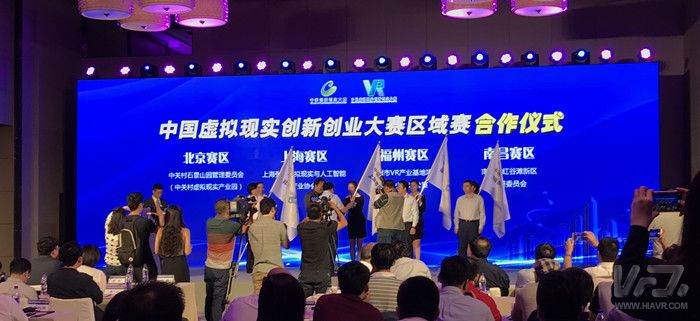
A review committee is set up in the regional competitions and national finals. It is composed of mentor judges and general judges. The mentor of the mentor is responsible for more than 100 famous investment institutions at home and abroad and has rich investment experience. Ordinary judges are partners of various investment companies. The judges of the tutor accounted for 60% of the score, and the ordinary judges accounted for 40%.
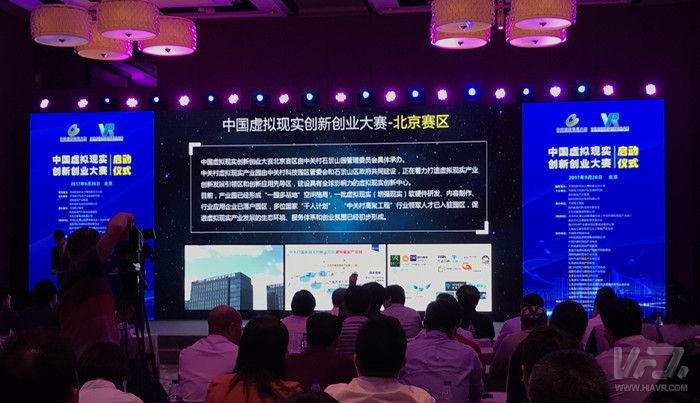

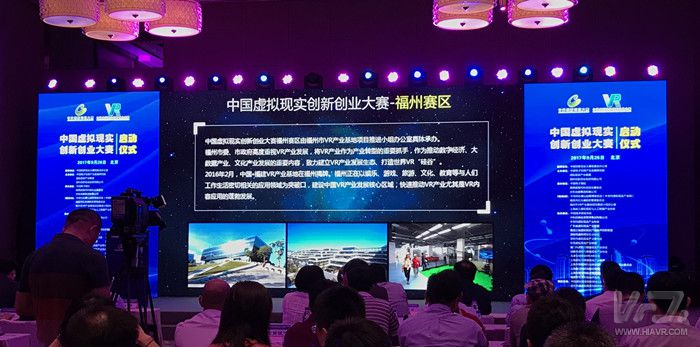
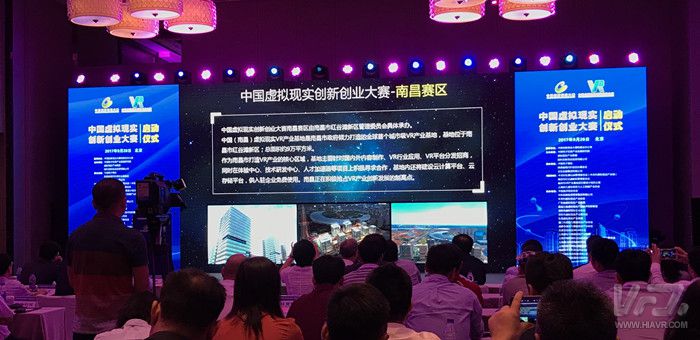
The national finals and the judges of the regional competitions are generally composed of 3-5 supervisors and 20-30 ordinary judges. Scores for participating companies and teams are averaged. In the regional competition area, according to the ranking of the scores of the participating companies and teams, the jury will decide the number of places that will eventually enter the national finals. The number of places is generally determined according to the ratio of 10% of the total number of participating companies in a single regional competition. In the national finals, the judging committee will determine the one-two-three prizes in accordance with the size of the participating companies and teams.
Contest official website open for registration immediately, no feeIt is reported that the competition is aimed at small and medium-sized enterprises and entrepreneurial teams engaged in R&D, production, and sales of VR, AR, and MR industry chains. Among them, the company is geared to its ability to innovate and have high growth potential. It engages in research and development, manufacturing and application services for VR, AR and MR products. It meets the national standard for small and medium-sized enterprises, operates in a standardized manner, has no bad records, and has no sales in 2016. More than 200 million yuan in non-listed technology companies. The team is not registered at the time of registration in the country, has technological innovation and entrepreneurial plans, the core team of not less than 3 people, the participating products, technology and related patents belong to the team, will be registered in the country within 6 months after the plan Establish a corporate team. In specific competitions, groups are equivalent to businesses.
The companies and teams that meet the entry requirements will sign up for the contest from the official website of the China Virtual Reality Innovation and Entrepreneurship Contest (website: http://). The official website of the Virtual Reality Industry Alliance (URL: http://) also has registration entries. Registered companies and teams should submit complete application materials and be responsible for the accuracy and authenticity of the information. The competition website and the Virtual Reality Industry Alliance website are the official channels for entry and all other registration channels are invalid. The competition adheres to the principle of public welfare, accepts social supervision, and does not charge any entry fees to participating companies and teams.

In addition, the competition will be closely integrated with VR promotion. Regional competitions in different regions will use the immersive, interactive and imaginative capabilities of the virtual reality system. They will set up VR experiences, demonstrations and display areas outside the stadium to increase audience participation. The competition will also incorporate cross-industry exchanges to promote the integration of virtual reality with manufacturing, education, culture, commerce, health, and other fields. In conjunction with the integration of industry integration activities, virtual reality will be created as a new space, new model, and new format for industrial development. Effective Ways.
In fact, what people usually call a pinhole camera does not use a pinhole lens. Pinhole lens refers to a lens that uses the principle of small hole imaging to obtain images. It is inexpensive and simple in principle, but its fatal weakness is that too little light passes through the small hole, resulting in too long exposure time. Taking photos with a pinhole lens in sunlight can take anywhere from a few minutes to a dozen minutes, especially when shooting at night with exposure times of up to several hours. Obviously, for a camera that shoots dozens to dozens of frames per second, it cannot meet the requirements. Pinhole lenses cannot be applied to cameras, so there is no "pinhole" camera in the strict sense. As is customary, a miniature camera using a fisheye lens, a flat lens or a conical lens is called a pinhole camera.
According to the lens, the lens of the pinhole camera can be divided into three types: fisheye lens, flat lens and conical lens; according to the photosensitive element used, it can be divided into charge coupled element and complementary metal oxide semiconductor; According to the data transmission method, it can be divided into two categories: wireless cameras and wired cameras.
Pinhole Hidden Camera,4k,High capacity battery
Jingjiang Gisen Technology Co.,Ltd , https://www.jsgisengroup.com